The July 9, 2024 meeting of the Port of Seattle Commission marked a small but potentially meaningful victory for the Des Moines community.
Item 8d Des Moines Creek West Tract C on their consent agenda was to sign off on the sale of the last small sliver of land along 216th Street. Consent agenda items are considered so routine that they are voted on as a group with no discussion. So the Commission, staff, and developer Panattoni (who only appeared to provide a courtesy ‘thank you’) must have been surprised to see so many public comments and letters against such a relatively tiny item on their agenda.
So in a fairly unusual move, the Commission pulled the item and engaged in a lengthy discussion which took the lion’s share of the meeting.
Background
The area in question is one part of a plan to extend the Des Moines Creek Business Park, a swath of land owned by the Port of Seattle with a very long history. The portion known as Phases I-IV, are dominated by the FAA building. That land, was purchased for the Port with FAA funds to buy out noise impacted residents. The FAA specified that such lands could provide some form of ‘community benefit’, which you can see in similar property buyouts at North Sea-Tac Park. But for the south end, the Des Moines Creek Business Park concept was created to provide community benefit through economic development.
A sliver of Phase V
However, the purchase under discussion Tuesday is actually a sliver of what used to be WSDOT land to the immediate west of Phases I-IV. Having lain fallow for many years, residents have come to think of it as an undeveloped path into the Des Moines Creek Trail. But the area was originally meant as the path for SR-509. When WSDOT decided on another path for SR-509 it offered this now-surplus property for sale. At the north end the City of SeaTac bought their piece to extend the Des Moines Creek trail on 200th St. At the south end, the City Of Des Moines opted to let the Port of Seattle purchase the land in sections to continue extending the Des Moines Creek Business Park westward along 216th St. This new 15 acre project is known as Phase V of Des Moines Creek Business Park or just Des Moines Creek West.
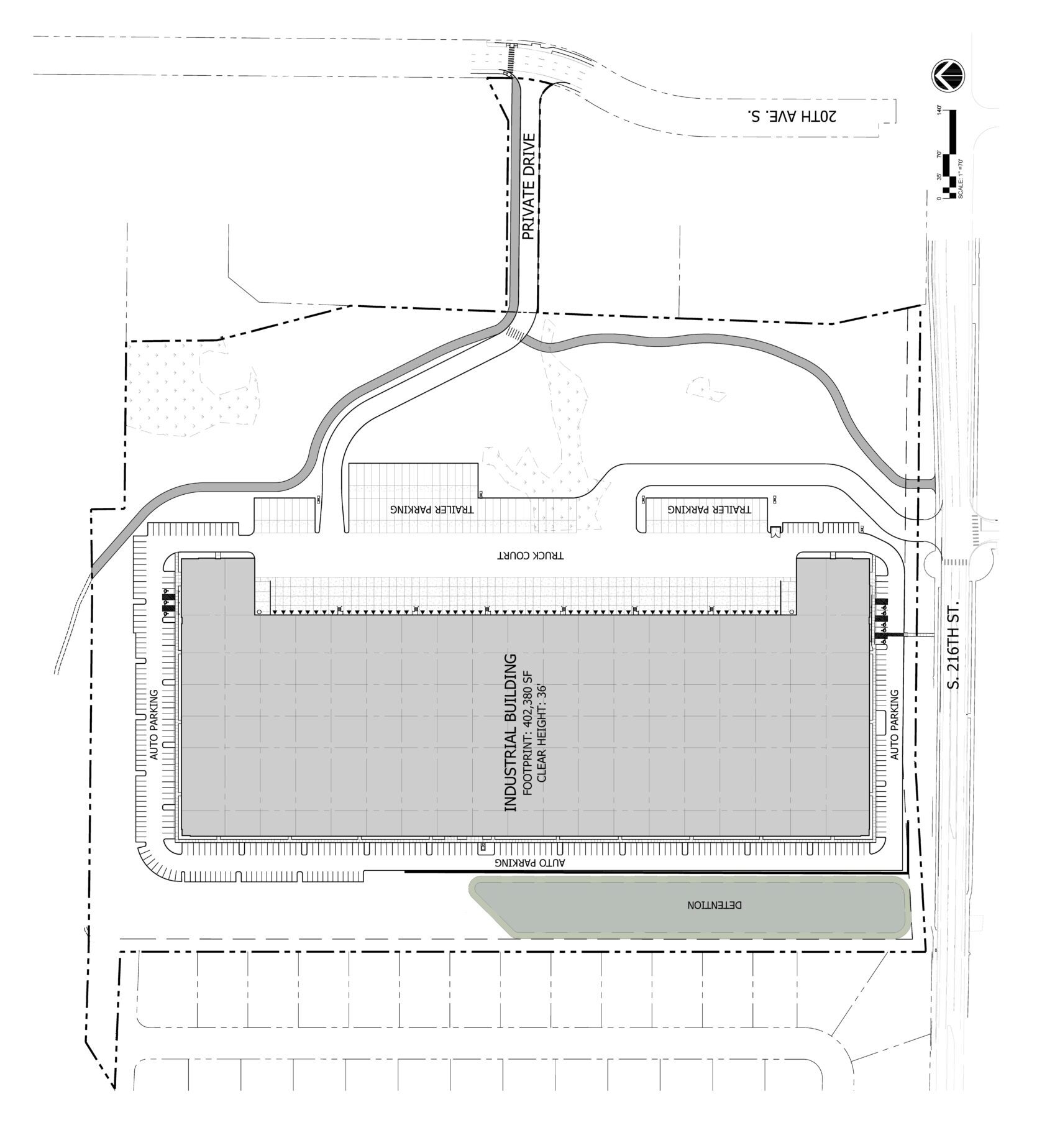
What confused almost everyone in the room (but for very different reasons) is that the Port had already bought most of Phase V except for that tiny sliver known as Tract C. Every phase of the Des Moines Creek Business Park, up to and including this latest decision has come with the strong support of the City of Des Moines, including both the current and previous Mayors.
Mayor Matt Mahoney and Deputy Mayor Traci Buxton testify at the July 12, 2022 Port of Seattle Commission in support of Des Moines Creek Business Park West
Failure to communicate
Residents have been seeing the Panattoni signs up for several years. But they clearly had no idea what it might mean for them until the required 30 day public notice sign appeared last week. In other words, it took this tiny sliver of land to trigger public awareness of a project that is shovel-ready.
But on the other hand, neither the Port Commission or Panattoni had any way of knowing that this was the first that residents had heard about the project.
Trickle Down Economics
The entire Des Moines Creek Business Park is tax-exempt and provides almost no revenue for the City. Phases I-IV create over eight million dollars a year in revenue for the Port of Seattle and projections for Phase V are similarly good–for the Port of Seattle.
For twenty years the City of Des Moines promoted this approach describing almost literally as trickle-down economics. The vision was to have an industrial park at the top of the hill filled with thousands of employees who would in turn become customers for businesses at the bottom. Obviously none of that happened.
Equity Lens
The term ‘equity’ is often associated with identity politics. But according to the Port’s development guidelines, ‘equity’ means consideration of benefits for the immediate area–both economic and environmental. That did not happen in the Des Moines Creek Business Park.
Cities like Des Moines and the Port of Seattle need to communicate these projects more fairly to the public and allow them to engage in a more meaningful way. They also need to ensure that every project around the airport is not only less harmful but actually provides measurable benefits for those immediate areas. It doesn’t matter how much money the project makes if almost none of it stays in the community. It doesn’t matter how many jobs a project creates if they aren’t for people living in that community. And it’s an insult to the community if such projects leave the local environment worse.
That is the real equity test: are these projects beneficial to people living under the flight path, not just today with one-time construction money, but five, ten and twenty years down the road.
Now What?
The item was ultimately approved–which was the only possible outcome. As Commissioner Felleman pointed out, this project had been given so much support from the City of Des Moines over such a long period, it would not have been reasonable to relitigate the entire project over this one small strip of land. But to her credit, Commissioner Hasegawa asked Port staff to go back to both the City of Des Moines and Panattoni to see if the project could be held to the same standard as their own Land Stewardship Plan. The LSP are the Port’s standards for land development around the airfield, providing for significant improvements over typical City requirements on environmental sustainability.
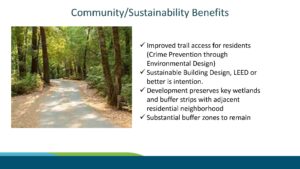 Theoretically, Phase V could be stopped. But at some point, the area will be developed. The question is: will it be done in a responsible manner? If the current Phase V does proceed, and if it could be built in the spirit of the developer’s brochure, that could also be a win for the community. But those are big ‘ifs’ given how Phases I-IV were executed, with vast swaths of asphalt, and massive loss of trees and habitat. We hope the developer (and the City) are self-aware and sensitive enough to recognize this. Regardless, we believe residents are right to be skeptical and need to get organized.
Theoretically, Phase V could be stopped. But at some point, the area will be developed. The question is: will it be done in a responsible manner? If the current Phase V does proceed, and if it could be built in the spirit of the developer’s brochure, that could also be a win for the community. But those are big ‘ifs’ given how Phases I-IV were executed, with vast swaths of asphalt, and massive loss of trees and habitat. We hope the developer (and the City) are self-aware and sensitive enough to recognize this. Regardless, we believe residents are right to be skeptical and need to get organized.
Action Items
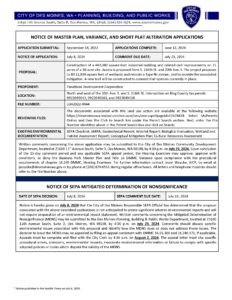 Anything to do with land use is complex and this is no exception. The entire Phase V project LUA2022-0044 has already received a Determination of Non-Significance from the City’s SEPA official. As we see it, concerned parties have three action items:
Anything to do with land use is complex and this is no exception. The entire Phase V project LUA2022-0044 has already received a Determination of Non-Significance from the City’s SEPA official. As we see it, concerned parties have three action items:
- Read the SEPA Checklist carefully and provide comments to the City of Des Moines by July 23, 2024.
- You can disagree with the responses to the checklist. Often there will be answers that list environmental concerns but seek to under-value or even negate their impact.
- You can ask that new items be studied which you feel were ignored.
- You can also write an appeal of the entire process and deliver it in writing to the City of Des Moines by August 2, 2024. In this case, the City applied the least strict form of environmental review.
- After that, the application will be reviewed by the City’s Hearing Examiner, not the City Council, unless the public can provide strong evidence that the process has not been administered correctly.
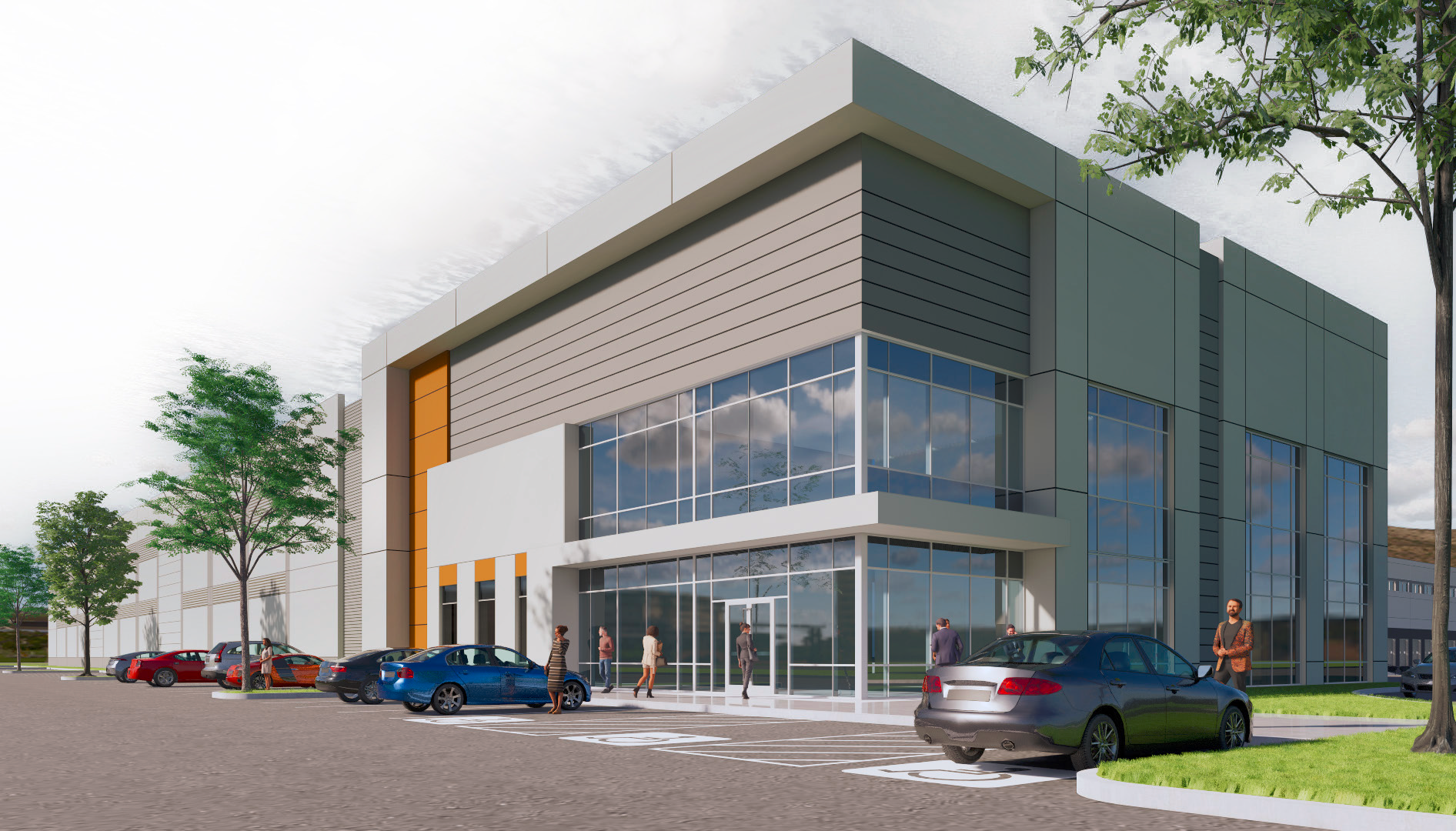
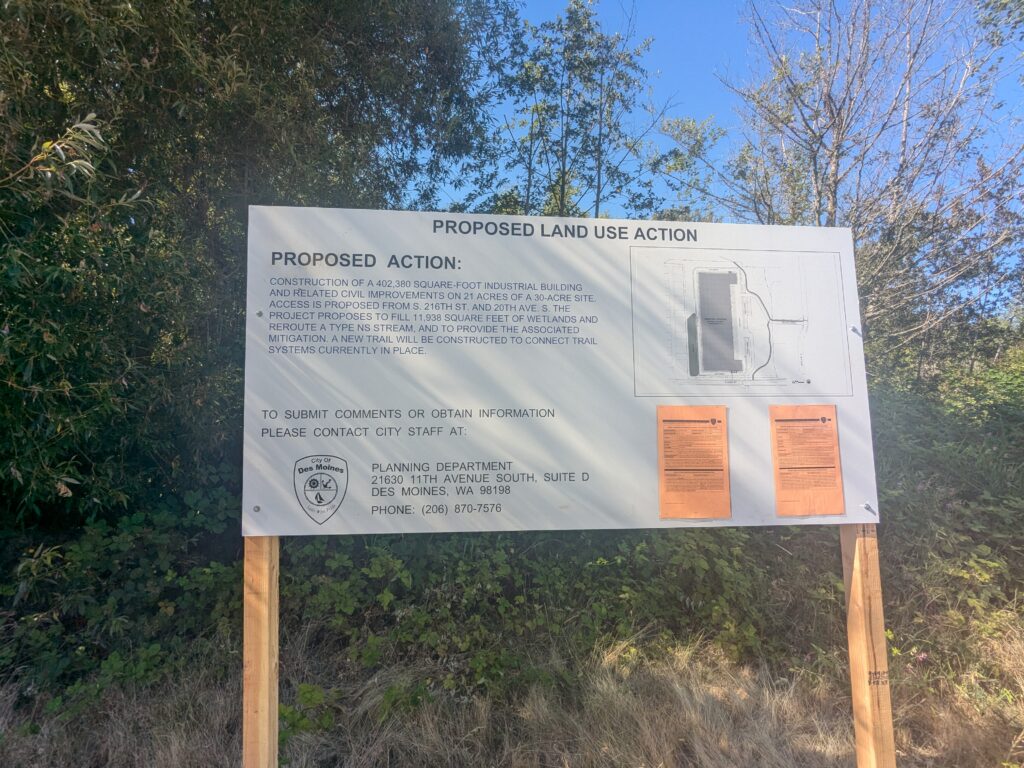
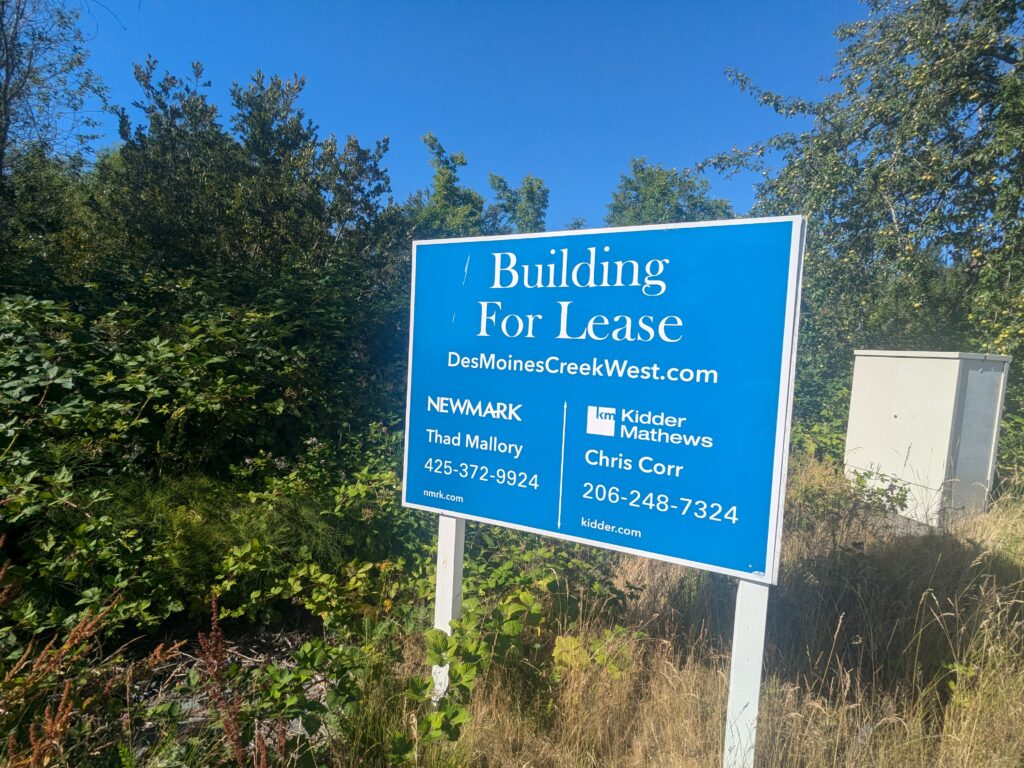
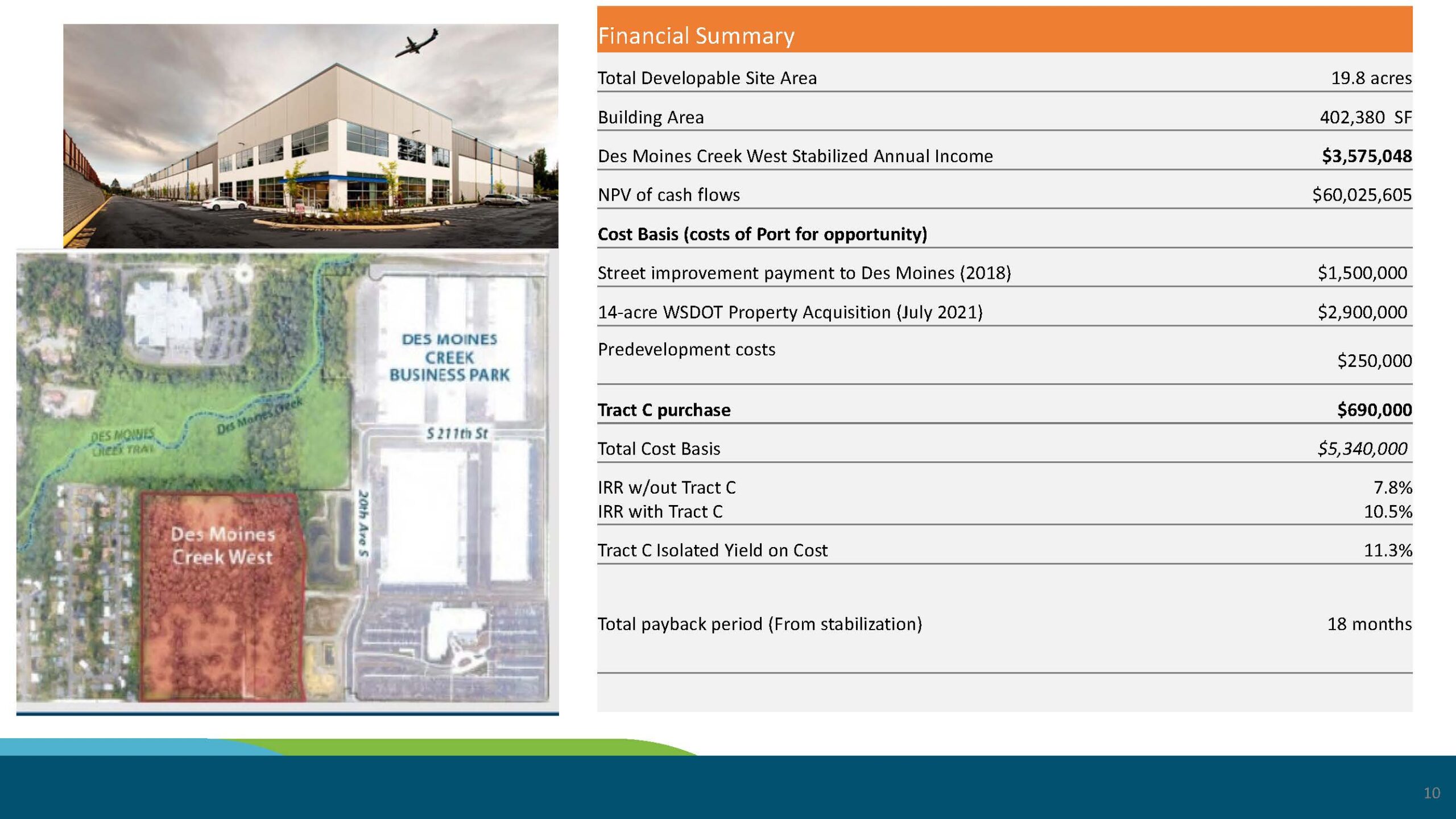
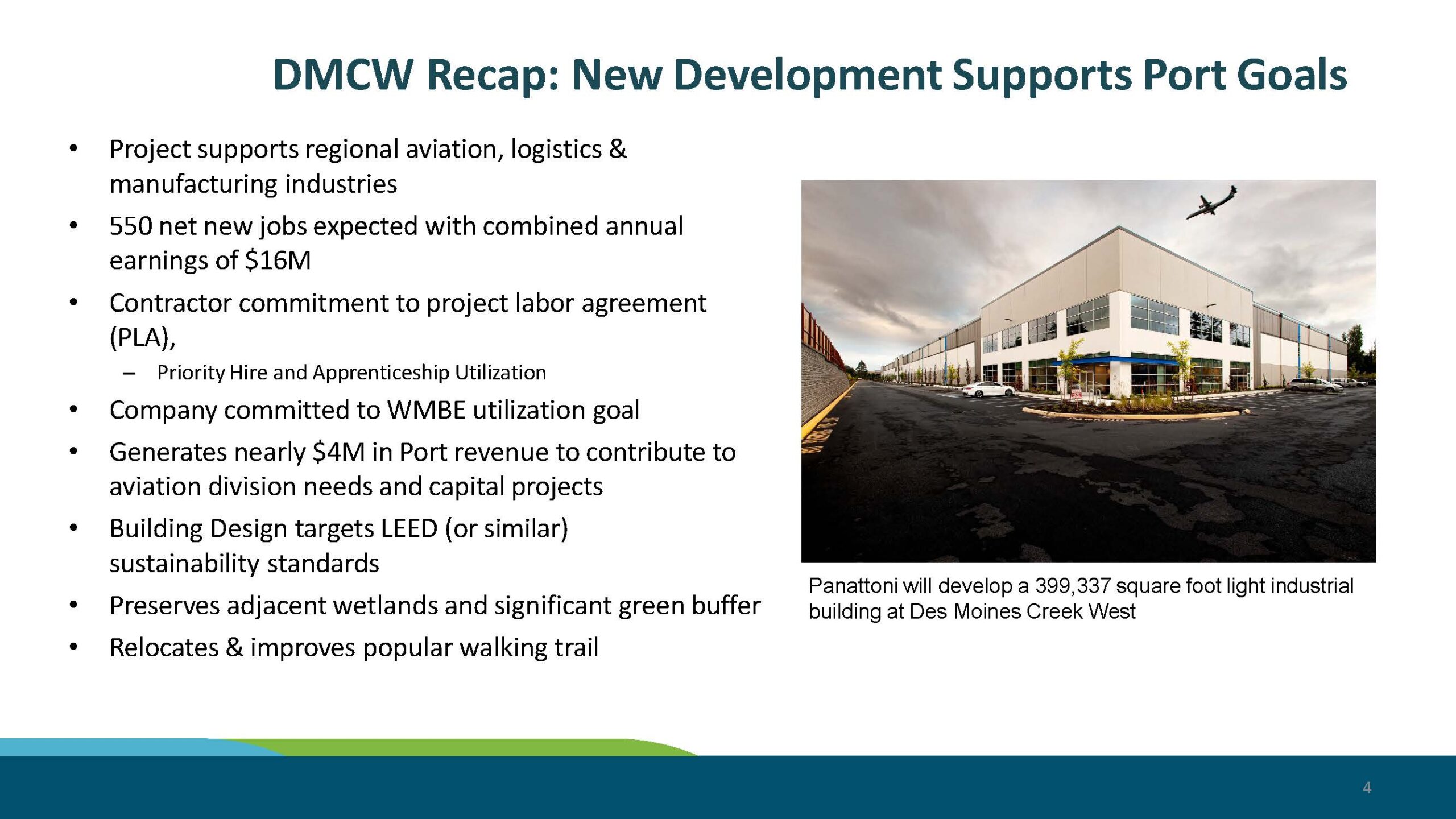
This is not a good idea. We have given up enough of green spaces that we will need for future generations. It is also important to keep the wildlife that we have and not take their homes leaving them nowhere else to live. We have to think about the generations to come many generations from now and it is too important that we keep as much green space as we possibly can.